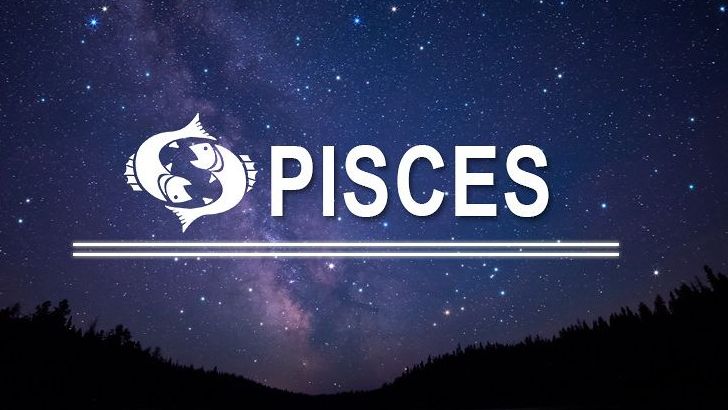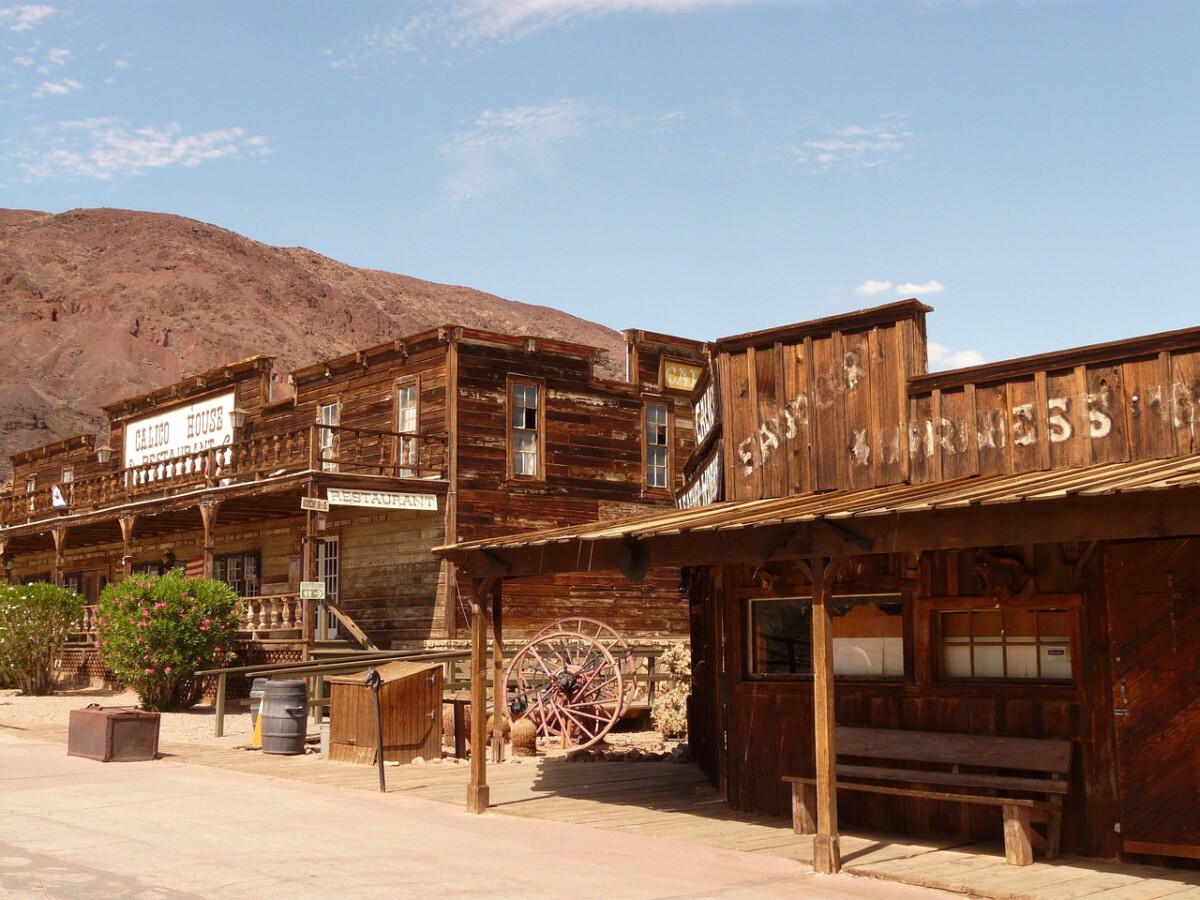Las Vegas, Nevada

Las Vegas is a city that thrives on spectacle and excess, drawing in more than 42 million visitors in 2024 alone. Tourists spend on average $1,000 per trip, much of it funneled into casinos, shows, and luxury hotels. The Strip is lined with attractions designed to maximize every dollar spent, from $20 cocktails to extravagant buffets. Many visitors report that everywhere they turn, there’s an upsell or hidden fee waiting for them. Even parking, once free, now carries a hefty price. Locals and hospitality workers often admit that tourists are seen as walking wallets. While the city promises unforgettable experiences, the relentless pursuit of tourist dollars can feel impersonal and transactional. Much of the genuine warmth that once characterized old Vegas has been replaced by a polished, profit-driven machine.
Cancun, Mexico

Cancun’s all-inclusive resorts are magnets for over 10 million tourists each year, with most visitors spending about $1,200 per trip. The business model is designed to keep tourists inside the resort bubble, encouraging endless spending on spas, tours, and branded experiences. Many guests feel that their interactions with staff and locals are transactional, with tipping and upselling always in the background. The city’s economy depends heavily on tourism, and locals often express frustration at being priced out of their own beaches and restaurants. Authentic Mexican culture can be hard to find, as tourist zones are sanitized and commercialized. Visitors sometimes leave feeling they’ve missed out on real cultural exchanges. Overcrowding has also led to environmental degradation, especially on the fragile coastline. The focus on extracting as much money as possible from guests is hard to ignore.
Bali, Indonesia

Bali welcomed over 6 million international tourists in 2024, with tourism now accounting for a major share of the island’s economy. The average visitor spends around $800, mostly on luxury villas, wellness retreats, and Instagram-worthy experiences. Many travelers report that Balinese hospitality feels genuine, but local businesses are increasingly focused on profit. Traditional ceremonies and crafts have been commodified, often staged for tourist consumption rather than authentic practice. The rush to cater to Western tastes has led to a proliferation of chain cafes and boutiques at the expense of local culture. Environmental issues, like plastic waste and water shortages, are exacerbated by unchecked tourism growth. Some visitors notice that prices are inflated for foreigners. The island’s natural and cultural charm is at risk of being overshadowed by a relentless focus on monetizing the tourist experience.
Dubai, UAE

Dubai’s reputation for luxury shopping, skyscrapers, and extravagant attractions draws more than 16 million tourists annually. These visitors spend an average of $1,500, mostly on shopping, fine dining, and exclusive experiences. The city’s marketing is relentless, ensuring that every aspect of a visitor’s stay is monetized. Many travelers report feeling as if they’re viewed only as sources of revenue, with high prices and service charges at every turn. Authentic Emirati culture is hard to access, as most offerings are packaged for tourist consumption. The city’s rapid development has sparked sustainability concerns and criticism for prioritizing profit over heritage. Even public spaces and beaches often come with hidden fees. The glitzy exterior masks a deeply commercial approach to tourism.
Phuket, Thailand

Phuket attracted over 9 million international tourists in 2024, each spending roughly $1,000 on average. The island’s economy is built on tourism, with countless businesses vying for every tourist dollar. Visitors often encounter aggressive sales tactics for tours, boat trips, and souvenirs. While the beaches are stunning, many are crowded and marred by commercialization. It’s common for prices to be higher for foreigners than for locals, a practice known as “dual pricing.” The sheer volume of visitors has put pressure on infrastructure and the environment. Some tourists leave feeling exploited rather than welcomed. Efforts at promoting sustainable tourism are ongoing, but commercial interests remain dominant.
Barcelona, Spain

Barcelona saw over 12 million tourists in 2024, making tourism a pillar of the local economy. The average visitor spends about $1,200, with much of it going to hotels, guided tours, and popular attractions like Sagrada Família. Prices in tourist zones are often inflated, and many residents complain that they can no longer afford to live or dine in their own neighborhoods. Some locals have protested against mass tourism, describing visitors as “cash cows” rather than guests. The city’s historic charm is sometimes lost amid crowds and commercialized experiences. Tensions between locals and tourists have led to new regulations aimed at reducing the impact of tourism. Many visitors report feeling shuffled through a system designed to maximize profit at every turn. Genuine cultural interaction can be hard to find in the busiest districts.
Venice, Italy

Venice’s fragile ecosystem struggles under the weight of 25 million annual visitors, each spending around $1,500. The city’s economy is almost completely dependent on tourism, with many businesses catering exclusively to tourists. High prices for gondola rides, museums, and even basic necessities like water are common. Locals often feel displaced, and many have moved away due to rising costs. The city recently introduced an entry fee for day-trippers to manage overcrowding and boost revenue. Authentic Venetian life is increasingly hard to spot, with souvenir shops replacing traditional businesses. Visitors sometimes describe their experience as being processed through a tourist factory. The focus on extracting money from visitors is impossible to ignore.
Amsterdam, Netherlands

Amsterdam welcomed over 20 million tourists in 2024, with tourism being a major economic engine. The average visitor spends about $1,000, mostly on hotels, museums, and entertainment. Many locals feel overwhelmed by the crowds and cite rising rents and lost community as key issues. Tourist-centric businesses dominate the city center, often charging premium prices for basic goods and services. The government has tried to reduce nuisance tourism by banning new hotels and limiting short-term rentals, but challenges persist. Visitors sometimes feel unwelcome, sensing irritation from residents and service workers. The city’s authentic character is threatened by the relentless push to monetize every aspect of the tourist experience. Many leave feeling they’ve seen only a packaged version of Dutch culture.
Santorini, Greece

Santorini’s whitewashed buildings and blue-domed churches attract over 2 million tourists a year. The average tourist spends about $1,500, much of it on luxury hotels, tours, and fine dining. Prices for everything from boat rides to coffee are steeply inflated during peak season. Many locals rely almost entirely on tourism for their livelihoods, leading to a transactional atmosphere. Authentic Greek culture is often overshadowed by the need to cater to foreign tastes. Environmental concerns, like water shortages and waste management, are exacerbated by the tourist influx. Visitors sometimes feel like their experiences are scripted and overpriced. The push to maximize tourist revenue is ever-present.
New York City, USA

New York City drew over 60 million visitors in 2024, generating billions of dollars in revenue. The average tourist spends roughly $1,500, mostly on hotels, restaurants, and entertainment. Many attractions are priced at a premium, and “tourist traps” abound in Times Square and other hotspots. Some locals view tourists as both a blessing and a burden, with overcrowded streets and rising living costs. The city’s marketing machine ensures that every visit comes with opportunities to spend more, from Broadway shows to rooftop bars. Authentic New York experiences can be hard to find amid the commercial noise. Visitors often report feeling like part of a money-making machine. The emphasis on profit can make the city feel less welcoming.
Sydney, Australia

Sydney attracted more than 14 million visitors in 2024, each spending around $1,200 on average. The city’s iconic landmarks, like the Opera House and Harbour Bridge, are prime revenue generators. Prices for accommodation, dining, and tours are often significantly higher than in other parts of Australia. Many locals feel priced out of their own city, especially in popular waterfront areas. The focus on tourism dollars has led to a boom in luxury hotels and exclusive experiences. Some visitors report that interactions with service staff can feel transactional, with upselling common. The city’s natural beauty sometimes takes a back seat to commercial interests. The emphasis on extracting as much money as possible from tourists is clear.
Rome, Italy

Rome welcomed over 30 million visitors in 2024, with tourists spending an average of $1,500 each. The city’s ancient attractions are often surrounded by vendors and guides, all eager to profit from the steady stream of visitors. Prices for food and souvenirs near tourist hotspots are much higher than in local neighborhoods. Locals sometimes express frustration at the overwhelming crowds and the commercialization of their city. Efforts to manage tourism’s impact have met with mixed results. Visitors often feel rushed through sites, with little time to appreciate the history and culture. The transactional nature of many interactions can leave tourists feeling like walking wallets. The genuine Roman experience can be elusive.
Tokyo, Japan

Tokyo saw over 30 million international tourists in 2024, making it one of the world’s busiest cities for visitors. The average tourist spends about $1,200, often on themed cafes, shopping, and entertainment. Many businesses, especially in tourist-heavy neighborhoods, focus on maximizing profits through premium pricing and exclusive experiences. Locals sometimes feel that the city is becoming too commercialized, with authentic culture hidden beneath layers of tourist offerings. Visitors report that while service is impeccable, there’s a clear emphasis on spending. Overcrowding at major attractions is a common complaint. The cost of experiencing “real” Tokyo has risen sharply. The city’s charm can be lost in the relentless pursuit of tourist cash.
Rio de Janeiro, Brazil

Rio de Janeiro attracted over 6 million tourists in 2024, with spending averaging $1,000 per visitor. The city’s famous beaches and Carnival celebrations are magnets for international travelers, but prices for accommodations and attractions rise steeply during peak times. Many locals depend on tourism for income and see visitors as essential to the city’s economy. However, there is a clear divide between tourist areas and local neighborhoods, with significant price differences. Petty scams and overpriced services are frequent complaints. Some tourists feel pressured to spend, with aggressive selling of tours and souvenirs. Environmental and cultural concerns are often secondary to profit. The atmosphere can feel more transactional than welcoming.
Istanbul, Turkey

Istanbul drew over 15 million tourists in 2024, each spending about $1,000 on average. The city’s unique blend of East and West is a major draw, but tourism has led to inflated prices and a focus on maximizing tourist revenue. Many locals feel that their city is being transformed for visitors, with traditional shops replaced by souvenir stores and chain restaurants. Crowds at major sites like Hagia Sophia can be overwhelming, and some areas feel geared entirely toward tourists. Visitors report frequent upselling and dual pricing systems. The authentic charm of Istanbul can be hard to find amid the commercialization. The drive to capitalize on every tourist dollar is inescapable.




